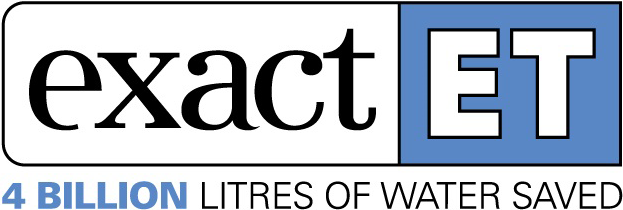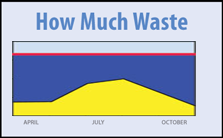Wichita Falls to become first U.S. city to drink its own toilet water
Pastor Bob McCartney of First Baptist Church in Wichita Falls, Texas, tries to love his neighbour as himself. He’s just not thrilled that his hometown will soon have him drinking water that once swirled down his neighbour’s toilet.
The city of more than 104,000, suffering the worst drought on record, is about to become the first place in the U.S. to treat sewage and pump it directly back to residents. People who live in Wichita Falls, near Dallas, say they’ll buy more bottled water and try not to think what’s flowing through their pipes when they bathe, brush their teeth and make soup.
“The idea is a bit grotesque,” says McCartney. “I’m not crazy about it.”
Other U.S. municipalities are considering similar approaches as water becomes scarcer – the result of drought, growing populations and greater consumption.
The crisis is world-wide. In California, food prices are being driven higher and from Brazil to south-east Asia, historic lack of rainfall is hobbling power and crop production.
Wichita Falls officials say the water will be safe and all traces of sewage will be removed.
Residents are not convinced.
“When my son gets water out of the kitchen sink, I am going to chase him down and stop him drinking it,” said Chira Traore.
Sewage has long been reused. Astronauts in the International Space Station turn urine back into drinking water. In Israel, more than half the water used in agriculture comes from treated sewage.
In the U.S. there is a widespread sensitivity to contamination. Officials in Portland, Oregon, dumped more than 38 million gallons of treated water after a man was accused of urinating in a reservoir.
With two-thirds of Texas in drought, Wichita Falls officials plan to use sewage because it’s faster and cheaper than building reserves or drinking wells. When the drought ends, the city plans to redirect treated water to a lake.


